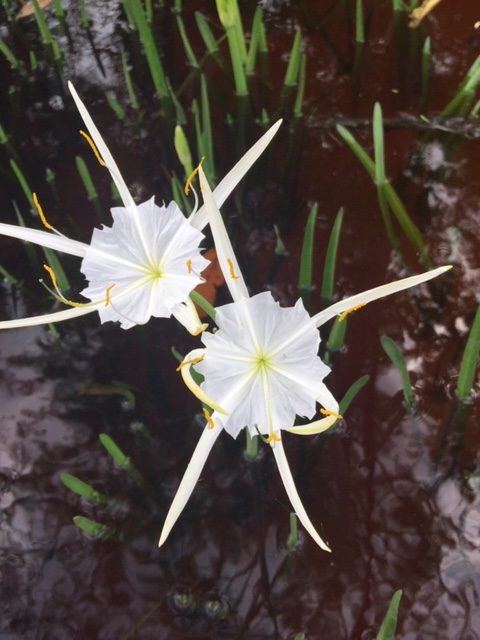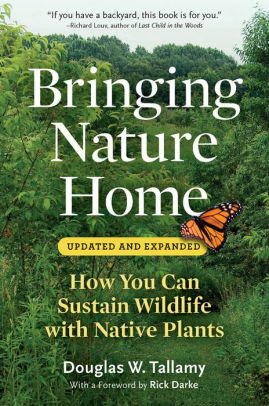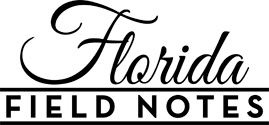Spring is just leafing out here in Northeast Florida; wildflowers will bloom any day now. Temperatures average in the 60s with blustery winds. Birdsong is flourishing as birds compete for mates. Manatees will return to our rivers in March after wintering in warmer Central Florida waters. Shorebirds are nesting in the dunes along the coast and North Atlantic Right Whales, along with their new babies, can still be spotted from shore. There are about two more months left for St. Augustine oysters before water temperature begins to climb.
A couple of happenings to note:
Jacksonville’s parks department is sponsoring a “bike hike” on Monday, May 1, 2021 from 11:00 to 11:45 a.m. at the Baldwin Trail. A parks naturalist will take the first 10 people who show up on a bike ride of the area. See Jax Parks Facebook post for more information.
Groundworks Jax, the group working to restore miles of trails around the city known as the “emerald necklace,” is taking applications for its Green Team Summer Apprenticeship. That’s a program for youth ages 13 – 18 to participate in a variety of projects, such as bee and butterfly gardens, urban gardens and outdoor environmentally-inspired art projects.
Many listeners report an increased appreciation for their own backyards or neighborhood parks after spending more time in them during the pandemic. One trend we’re hearing about is an increased focus on native plants in order to attract more wildlife.

Spider lilies are one of many wildflowers that will be in bloom soon. (photo: Lisa Grubba)
Last May, we told listeners about a great webinar, “A Guide to Restoring the Little Things That Run the World.” sponsored by the Florida Wildflower Foundation. It was an interview with Dr. Doug Tallamy, a professor of Agriculture and Natural Resources at the University of Delaware and author of several books about using native landscaping.
Tallamy says if you want to have more wildlife in your yard, you need something for them to eat. For birds, that means caterpillars and insects, which flourish with native plants. Non-natives, like Crepe Myrtle and other Asian ornamentals, don’t support as many caterpillars and insects, so you won’t find birds foraging around them much. Too many non-natives create “dead zones” where there’s little to no wildlife. And with rampant development in the country, back yards are becoming important areas to increase biodiversity.
Today, we talked about one of Tallamy’s books, “Bringing Nature Home, How You Can Sustain Wildlife with Native Plants,” which is a primer on converting your yard into a more natural habitat.

“If you have a backyard, this book is for you.” – Richard Louv, author of Last Child in the Woods
Another resource for deciding what natives to plant in your yard is the National Wildlife Federation’s native plant finder database, searchable by zip code.
An even more local resource is University of Florida’s planting guide, published by the Institute of Food and Agricultural Science.
That’s what local organic gardener Catherine Tappouni has used in her quest to convert her westside sod backyard into edible natives.
She calls it, “working with nature rather than against it.” And both she and Tallamy say it’s a process, not something that has to be done all at once.
So Northeast Floridians, we’re entering a long and gorgeous season. Time to throw your windows open and get outdoors whether in your own backyard or one of Jacksonville’s 400 parks. And join the growing quest to add native species to your yard or park and add to the biodiversity of this region.
Thank you for all the tweets, texts and emails. Keep them coming! Drop us a line below or send an email to editor@editorfloridafieldnotes-com. See you next month!
Lisa Grubba is an environmental journalist and Florida Master Naturalist. “Wild Florida” is produced monthly for First Coast Connect on WJCT News 89.9 FM.


Leave a Reply